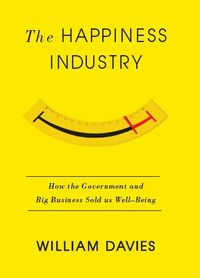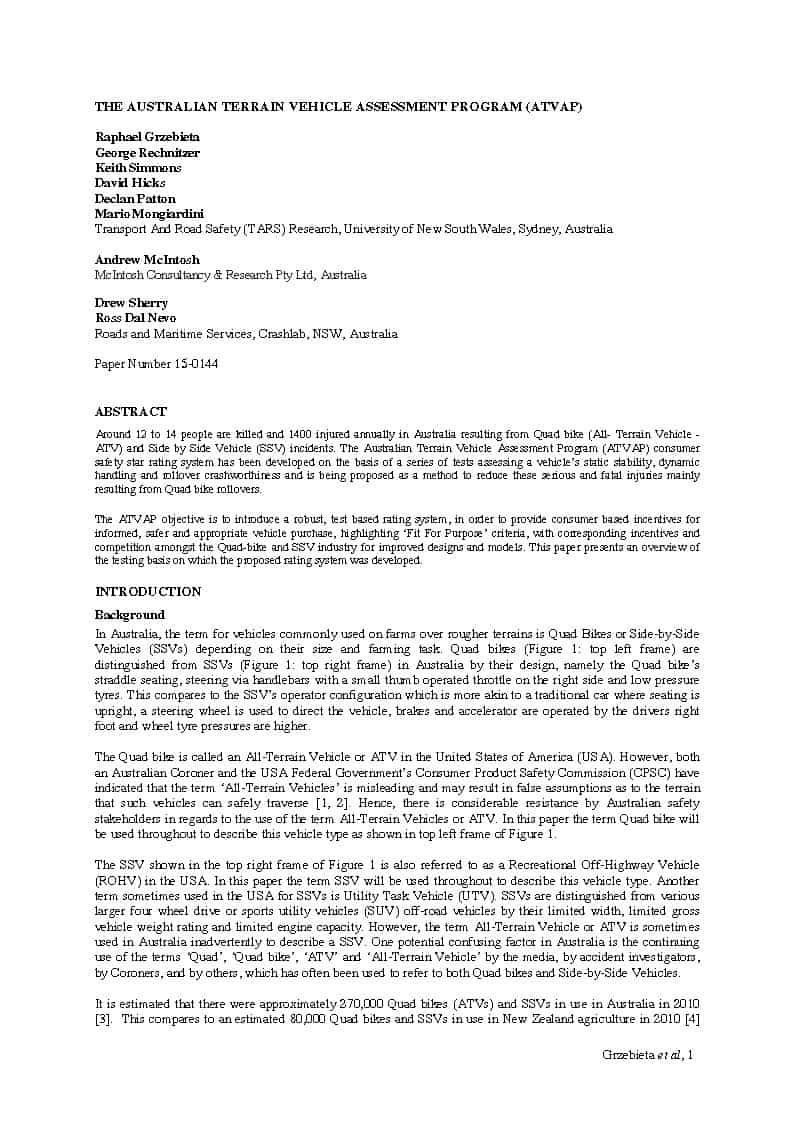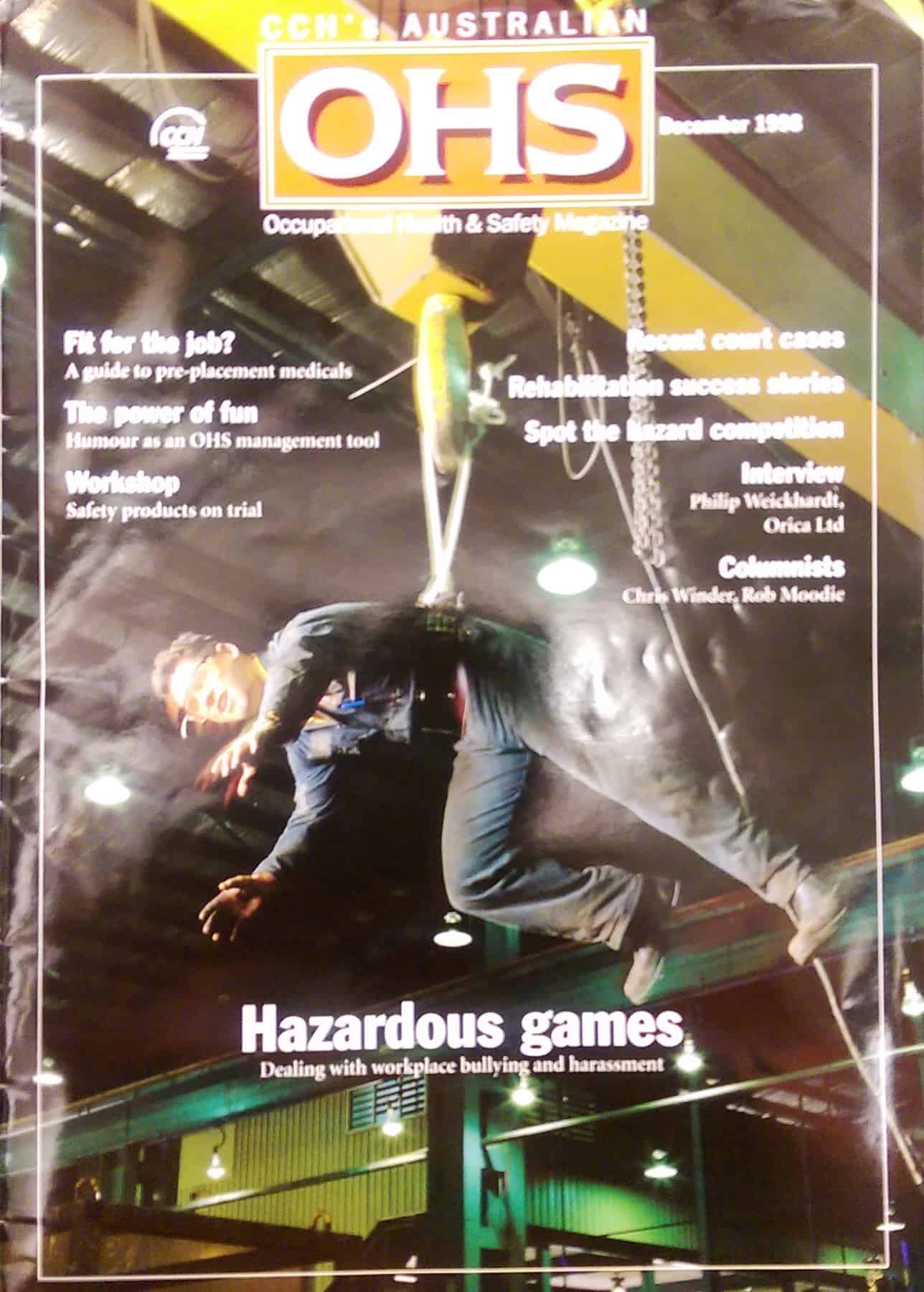Recently I was telling a colleague to temper their online video strategy and consider extracting the audio tracks from which a podcast strategy coud be developed. The advantage of podcasts is they can be listened to, be more portable, less distraction and, I think, can be more powerful. Earlier this week I listened to a Canadian podcast/documentary about the familial and social effects of a workplace death in the 1950s.
“What can you tell me about Stanley?” is not a contrived plea for greater focus on workplace fatalities, as we often get from occupational health and safety regulators. It is a snippet of family history, a painful and secret family history about the death of an uncle and a brother in a steel mill in the 1950s. The podcast looks at coronial records, company records, notes taken at the time by Stanley’s brother and shows that shame that many feel around workplace deaths now, existed then.
I listened to the podcast several days ago but I shiver now when I recall some of the pain and surprise that the family experienced.
“What Can You Tell Me About Stanley” can be listened to as a straight tale of a workplace death and the way such an incident was perceived in the 1950s. But just as importantly, this should convince people of the power of simplicity in storytelling and social media. The documentary obviously took months to put together and the revelations to the family are clearly not linear but this effort provides a fascinating 30 minutes for your attention.
Think of Stanley when you are applying your OHS skills. You’ll be better for it.

 As the Australian Government analyses the
As the Australian Government analyses the 
 It is important to look at a major fault in communication strategies related to OHS. The mainstream media never covered workplace safety issues to the extent possible. OHS was almost always covered by the industrial relations reporter, if the newspaper had one. The tripartite nature of industrial relations (IR) negotiations – government, business, unions – provided the main sources for OHS content and OHS was always communicated in or with the IR context. Rarely was OHS seen to merit its own story.
It is important to look at a major fault in communication strategies related to OHS. The mainstream media never covered workplace safety issues to the extent possible. OHS was almost always covered by the industrial relations reporter, if the newspaper had one. The tripartite nature of industrial relations (IR) negotiations – government, business, unions – provided the main sources for OHS content and OHS was always communicated in or with the IR context. Rarely was OHS seen to merit its own story.